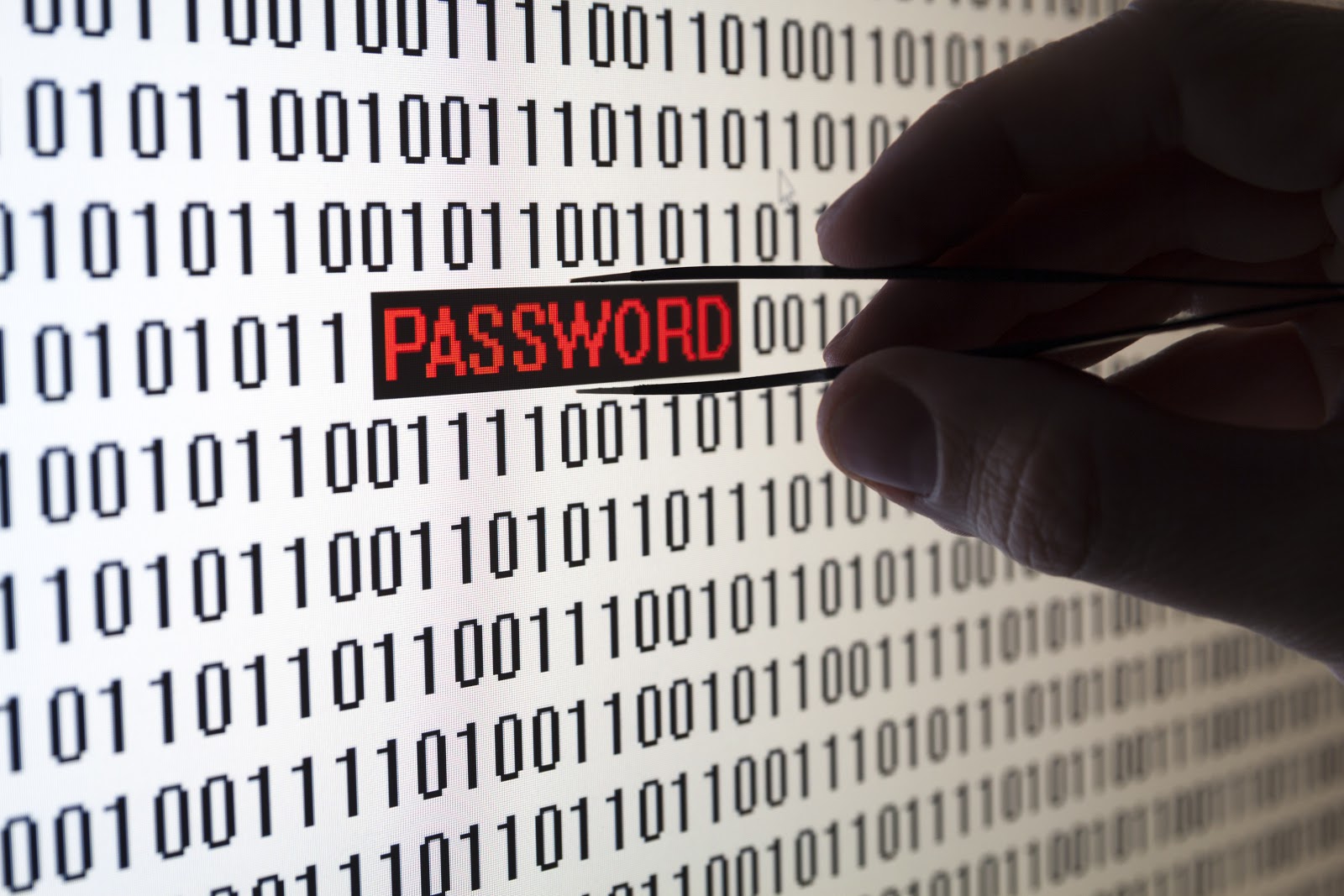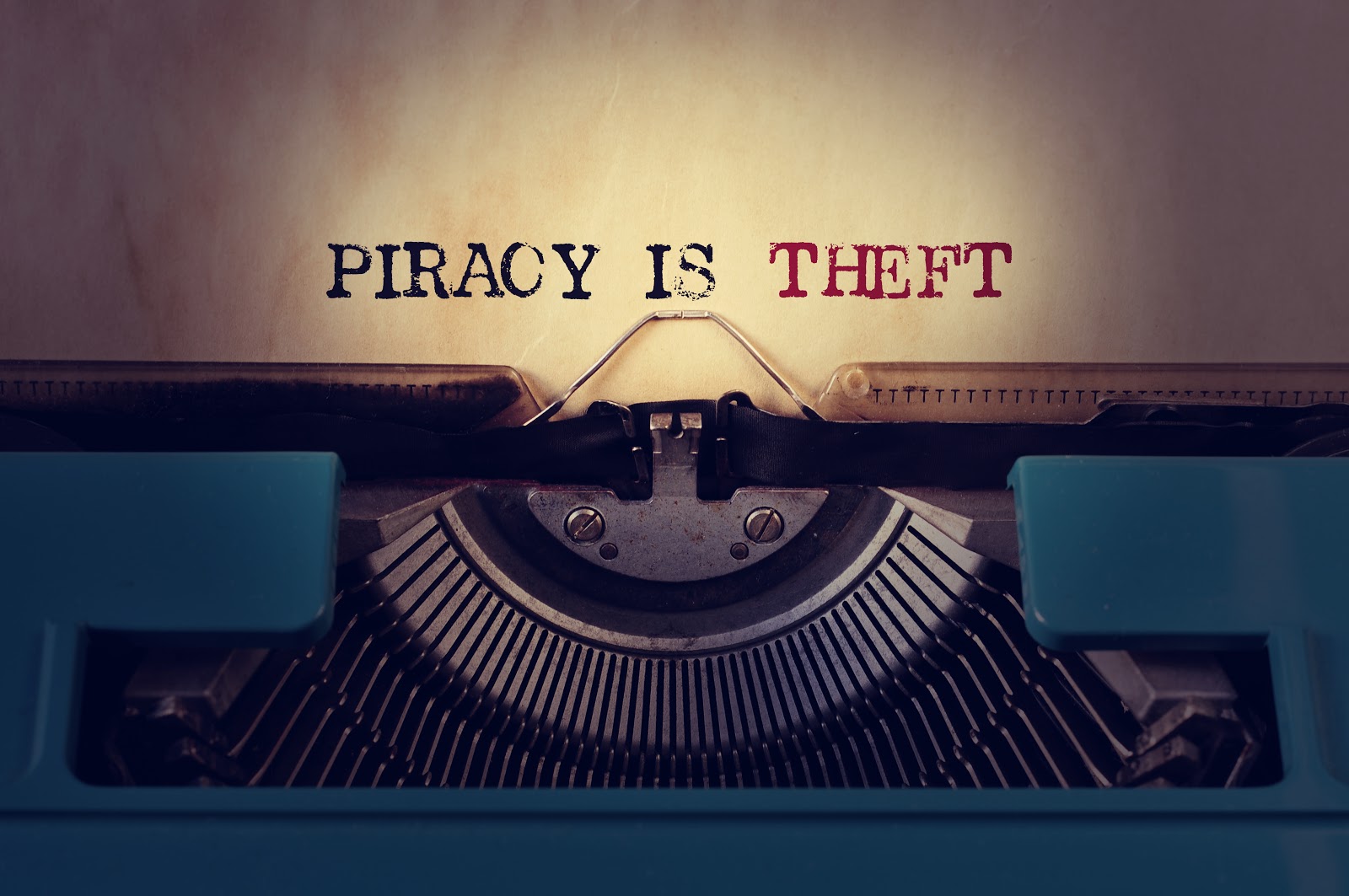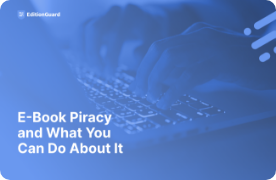 Intellectual property is critical to any company’s success. However, protecting that IP can be challenging, especially in an increasingly digital age. It’s easier than ever to copy and transmit content before copyright holders can respond. Digital Rights Management (DRM) software is specifically designed to solve that problem and can protect digital works such as novels, textbooks, and other content. This post examines how EditionGuard keeps your IP secure so you can focus on creating great content.
Intellectual property is critical to any company’s success. However, protecting that IP can be challenging, especially in an increasingly digital age. It’s easier than ever to copy and transmit content before copyright holders can respond. Digital Rights Management (DRM) software is specifically designed to solve that problem and can protect digital works such as novels, textbooks, and other content. This post examines how EditionGuard keeps your IP secure so you can focus on creating great content.
What is DRM?
DRM, or Digital Rights Management, involves various methods of protecting digital files from piracy, theft, or unauthorized access. In the publishing industry, DRM protection for e-books usually takes the form of password, watermark, and encryption-based solutions in order to protect against piracy. The level of e-book protection a publisher needs depends on the type of document being published, the intended audience, and the specific distribution channel. DRM solutions need to protect IP but must do so in a manner that is convenient and seamless for the customer. A DRM solution that completely secures content but is cumbersome and intrusive for the customer could ultimately hurt sales.
(Source: Adobe)
What is Adobe DRM And How Does It Work?
Adobe approaches IP security with the attitude that selling e-books securely online should be easy and convenient. Whether it’s a brand name author or an up and coming writer, Adobe can support distribution with robust but easy to use software. Adobe’s DRM software is built on the industry standard Adobe Content Server technology used by major tech firms and book retailers such as Google and Barnes & Noble.Why Adobe DRM Is The Industry Standard
The Adobe Content Server provides authors and publishers a platform to securely distribute and monetize their e-book library. Added flexibility allows for unit or subscription pricing, location-based pricing, and seamless fulfillment. Customers are authorized with customizable ID options, and publishers can make content available for specific windows of time.(Source: Adobe)
Cost Structure
Adobe DRM can have high start-up costs that could pose challenges for smaller firms. Those costs are detailed below: Initial software license fee: $10,000 Annual maintenance: $1,500 Development and deployment: $5,000-$10,000 Cost per e-book download: $0.22 Adobe DRM also has a number of limitations. Users can access content on a maximum of six computers or mobile devices. If you need to reset your authorizations, you’ll have to call customer service and lose access to all devices tied to your Adobe ID. Fortunately, there is a much more cost-effective solution to protect your content while still maintaining industry-standard security. EditionGuard allows you to securely sell your works online with Adobe DRM protection for a flat rate of as little as $120 per month. You can focus on selling your protected e-books without worrying about software installation and other technical issues. EditionGuard offers an all-in-one solution that can protect valuable content and easily integrates with your e-commerce platform through flexible APIs. When a purchase is made, the customer is authenticated with a user ID and password. The customer can then securely access their content with virtually any internet-enabled device. Adobe DRM works behind the scenes to secure content without negatively impacting the reading experience. Adobe DRM strikes the perfect balance between protecting your content and ensuring customers can read their e-books whenever and wherever they choose.DRM Alternatives
There are several alternatives to Adobe DRM for protecting EPUBs and PDFs. Password protection and social DRM/watermarking offer some security but have significant drawbacks. Let’s examine both of these alternatives in more detail.
(Source: Adobe)
Password Protection
Password protection is the simplest solution to prevent unauthorized access to content. However, this solution offers no flexibility in terms of what users can access: they either have the password to access the whole file, or they don’t. In addition, password protection encryption is inferior to the industry standard. Password protection can be easily removed, often for free, using different online software tools. A more sophisticated hacker can use a brute force attack, which involves testing thousands of password combinations until the password is discovered. More complex electronic devices may have safeguards to prevent this kind of penetration attempt, but publishing applications typically are less sophisticated.Watermarking Or “Social DRM”
Social DRM can take many forms but typically involves imprinting files with a visible (or possibly hidden) watermark. That watermark often contains the reader’s personal information, such as their name or an account number. Digital watermarking for e-books discourages unauthorized sharing, as a file containing the reader’s personal information can be easily tracked and attributed. Watermarking is prevalent in European countries such as Germany and Italy but is less commonly used in the United States. One significant exception is J.K. Rowling’s Pottermore, which uses watermarking on Harry Potter e-books. In addition, O’Reilly Media has been using watermarking to protect content for years.
(Source: Adobe)



